By Beth Richards, Literacy Interventionist, Reading Recovery Teacher, Guest Blogger
“The strength of the team is each individual member. The strength of each member is the team.” There are hundreds of quotes about collaboration, but saying and doing are two different things. This blog post will break down successful literacy teams and help you determine if your own team is on the right track or needs to revise their road map.

Developing a relationship with your colleagues is key. It will allow for growth and reflection that will benefit both your team and your students.
For additional ideas on building a successful literacy team, check out
Changing Minds, Changing Schools, Changing Systems: A Comprehensive Literacy Design for School Improvement
,
it's been immensely helpful to my colleagues and I.
My Reading Recovery training and professional development have allowed me to be part of an amazing collaborative learning community. There are a few reasons why I consider this to be a successful literacy team. As colleagues, we are committed to developing our students’ learning as well as our own. We have all undergone extensive literacy training to ensure our understanding of literacy development. We meet often and in different ways; these meetings have several goals. Almost every meeting contains an opportunity for us to observe another teacher in action.
Collaboratively, we learn from that shared experience, discuss, and problem solve, consult professional readings, and process what that experience means for our own students as learners, and ourselves as teachers.
Finally, we are open to receiving and processing feedback from our colleagues. Is it always easy? No. Is it powerful? Absolutely. Let’s take a look at some of the assets that contribute to the learning of everyone on the team.
Gallimore et al. (2009) identified several key factors of effective teacher learning teams. One of these factors was teachers who teach the same grade, course, or subject. This provides a deep well of knowledge that can be utilized when determining which teaching decisions to make and why. Expanding understanding of how children acquire literacy is an essential move for any literacy team. Use some of your team time to continue your own learning around literacy. If needed, invite a literacy coach, reading specialist, Reading Recovery teacher, or literacy interventionist to your meetings to help facilitate your learning.
2. Observe Each Other in ActionPutting yourself out there can be scary. But it is also essential in order to learn and grow. As teachers, we encourage our students to take risks with their reading and writing, and we need to do the same. If in-person observation isn’t an option, utilize technology tools or platforms to record or stream your lesson. Set ground rules with your colleagues. What are you watching for? Should feedback be in comments or questions only? Finally, keep your goal in mind.
3. Collaborative ConversationsDeveloping trust with your colleagues is essential for growth to occur. Be honest with your colleagues about the areas you’re struggling with, and be open to their feedback. Develop a thick skin, and try to avoid taking constructive criticism personally. As a team, you can only improve your practices if you identify where the problems are and work to improve. It’s okay to admit that things aren’t perfect. Imperfection is what motivates change. Use these conversations to reflect on instructional practices, as well as hypothesize and problem-solve around data.
4. Experiment and Remain Flexible
As a team, develop some hypotheses about why your students aren’t growing or what you believe would help accelerate their learning. Experiment with new ways to assist with that learning and growth. Afterward, take some time to come together and reflect. Did it have the desired outcome? If not, what else could you try instead? While remaining grounded in best practice, your instructional practices need to evolve with your students’ abilities. The delivery method, amount of scaffolding, and specific prompts should align with your students’ specific needs at that moment in time.
~~~


Beth has been teaching for seventeen years. She has taught kindergarten, third, and fourth grades in Wisconsin. For the last six years, she has been a literacy interventionist and Reading Recovery teacher and loves spending her days helping her students develop and share her love of reading.
~~~



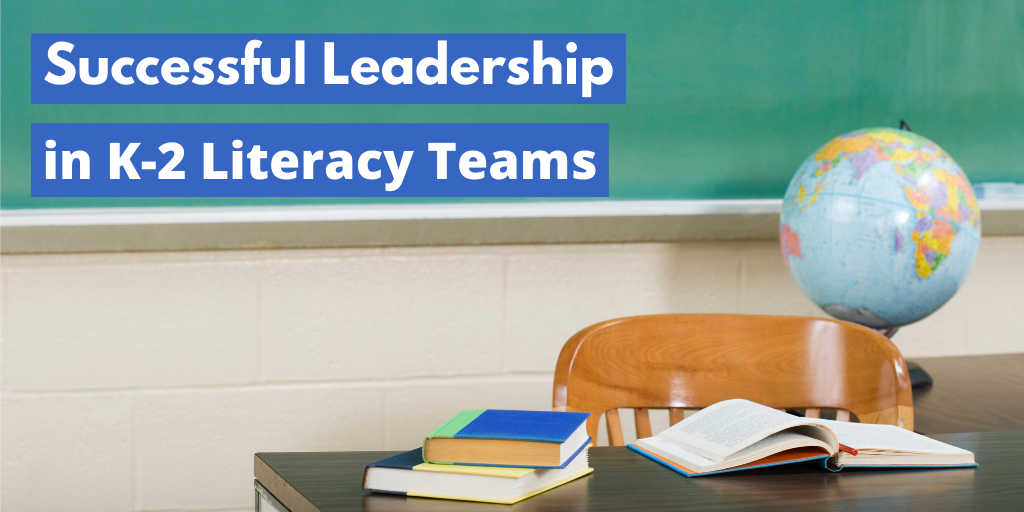







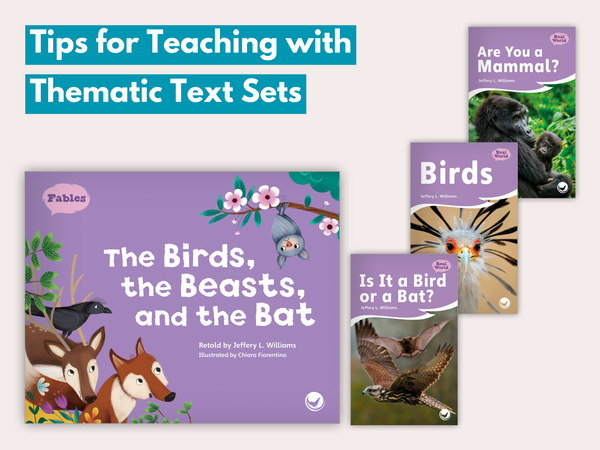
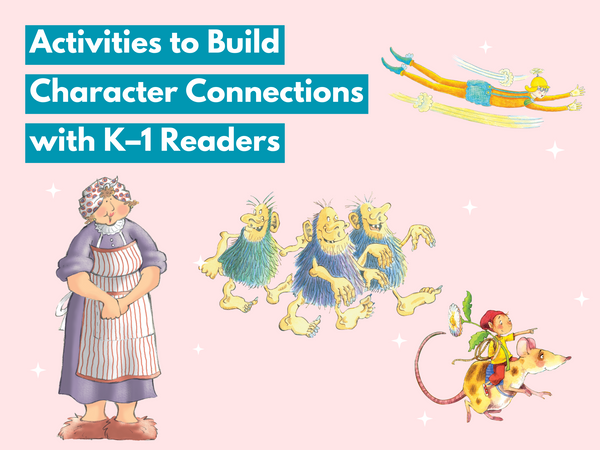
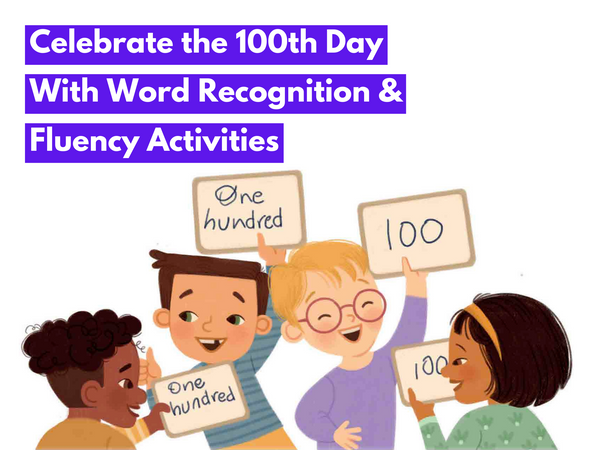

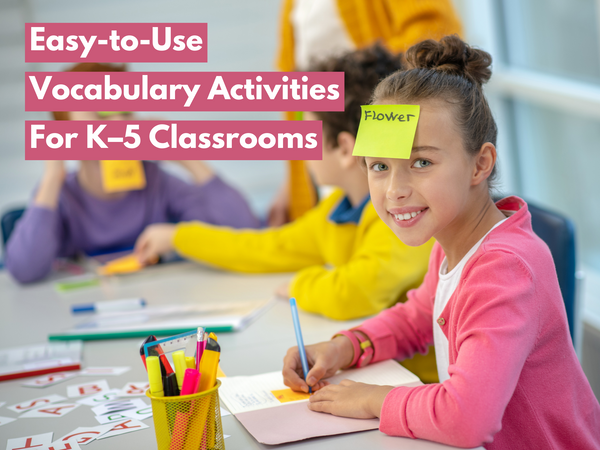

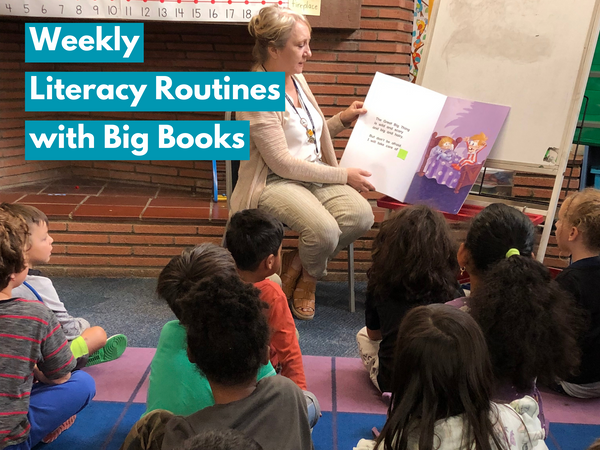
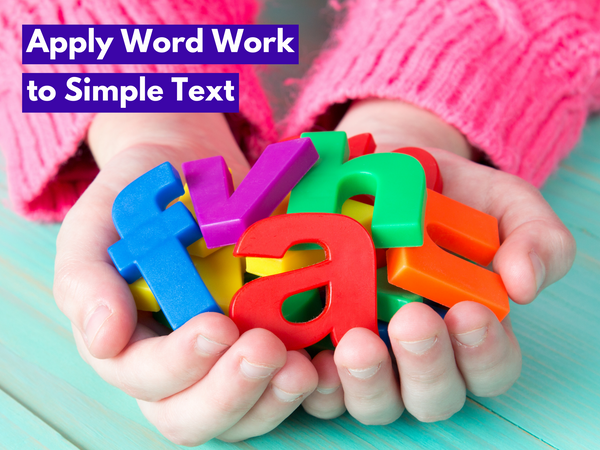
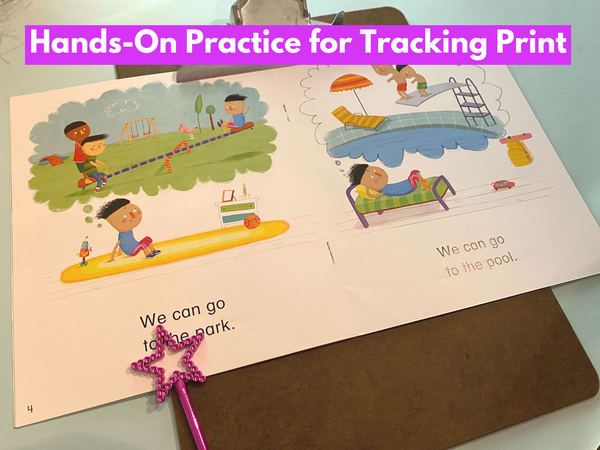
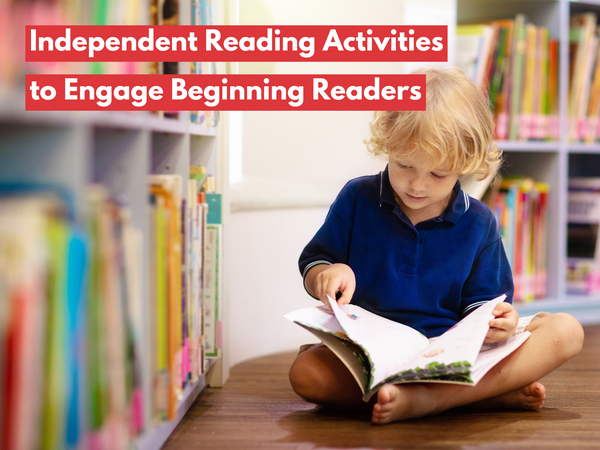
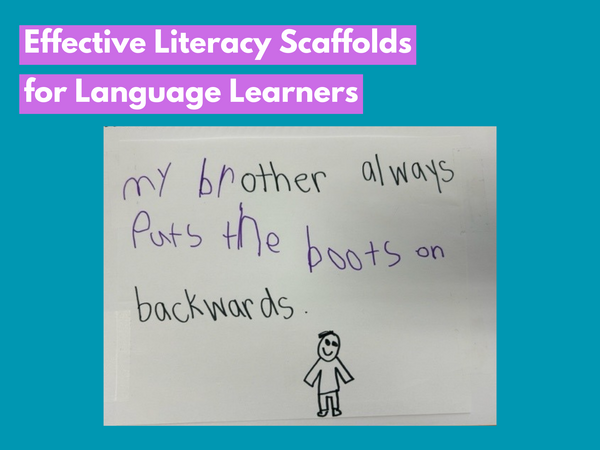
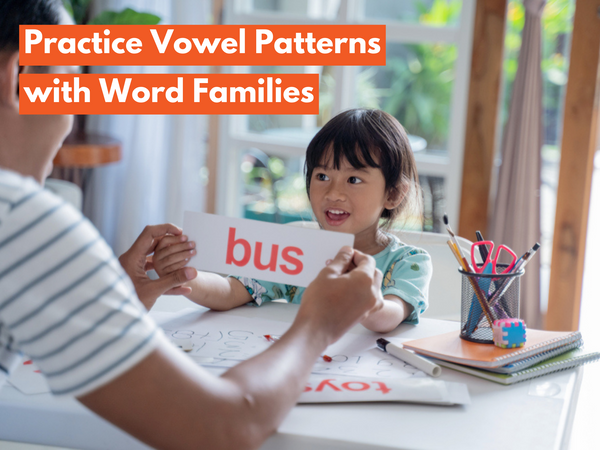

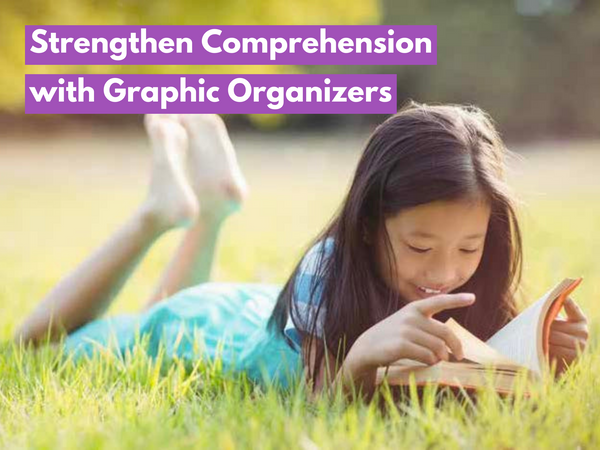


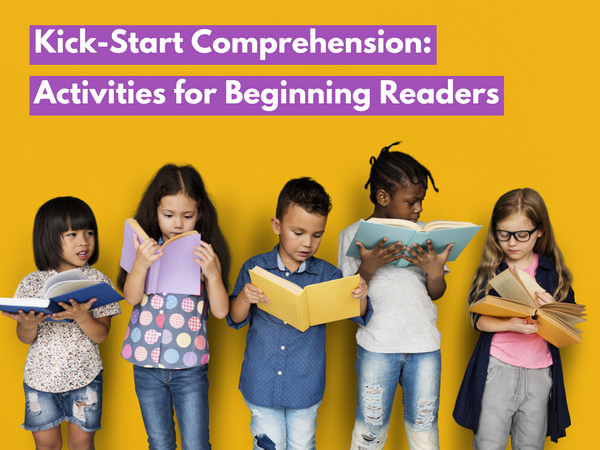
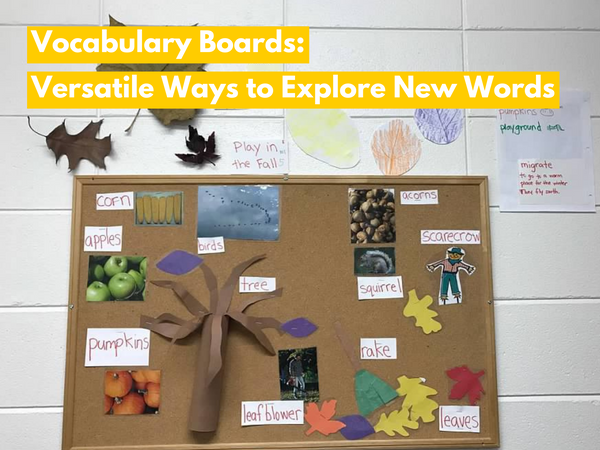
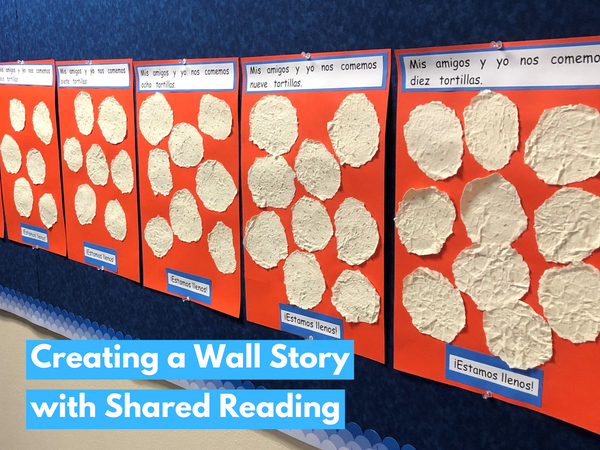
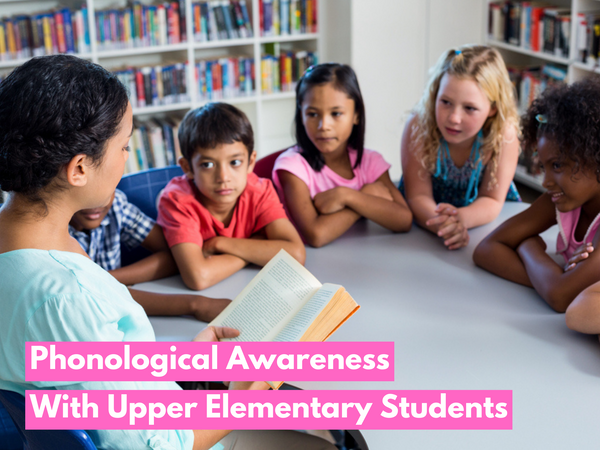
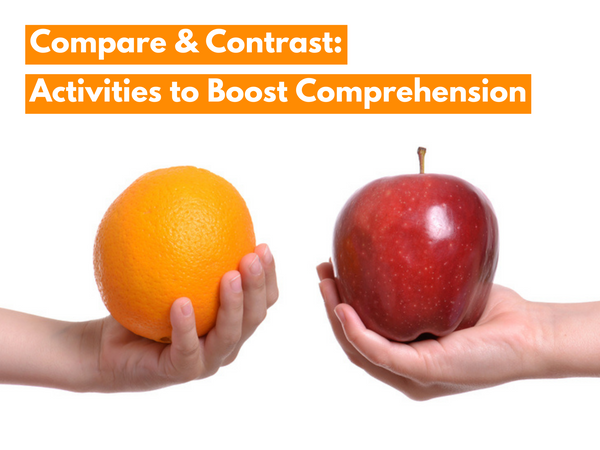
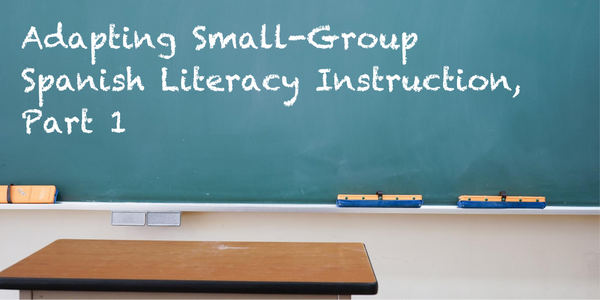
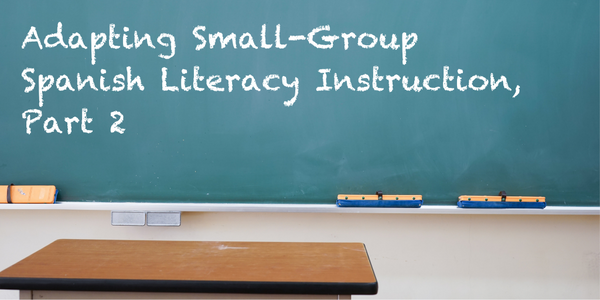
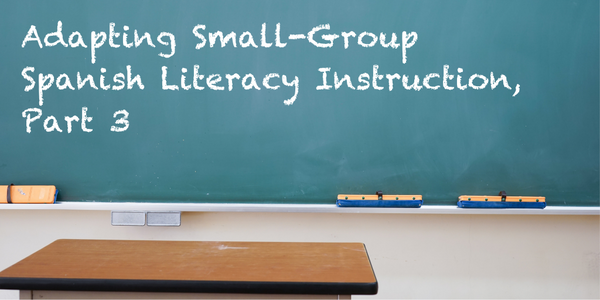

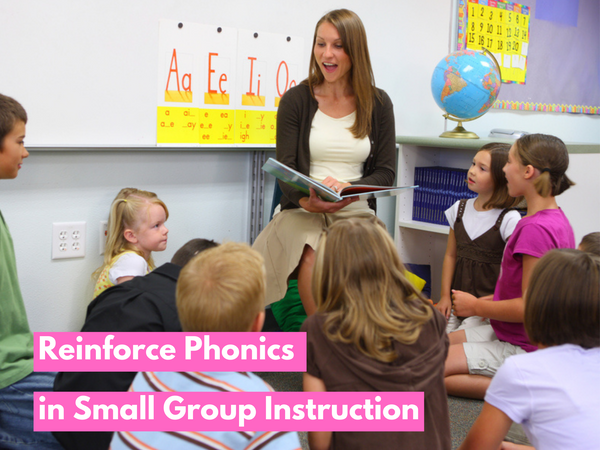
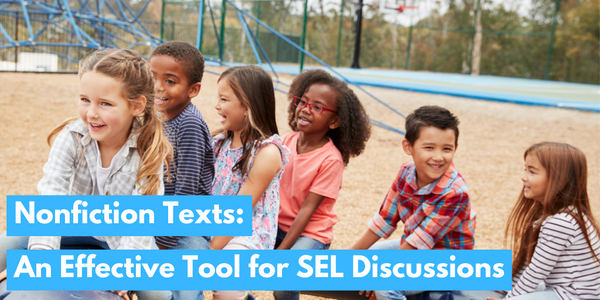
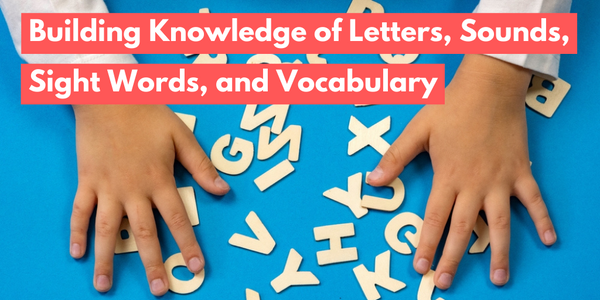
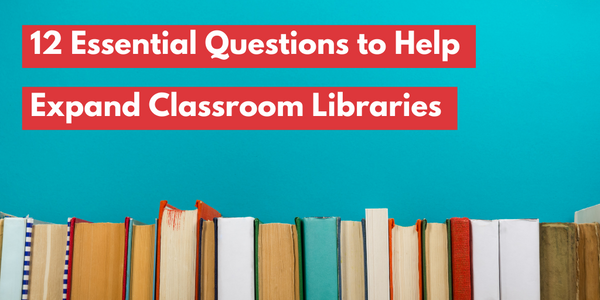
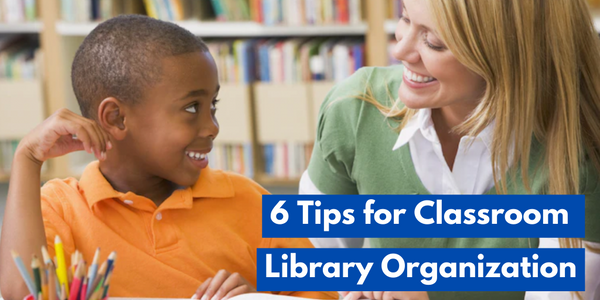

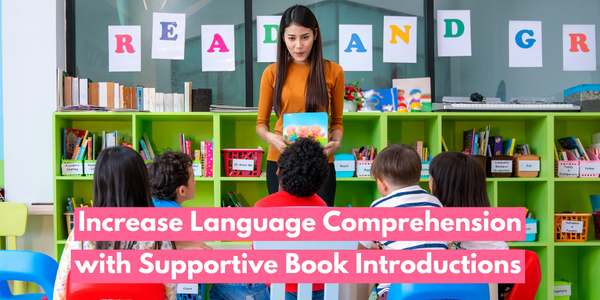
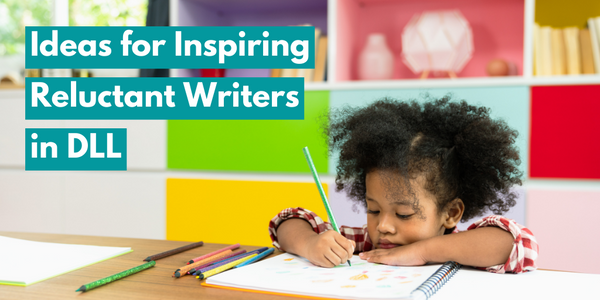

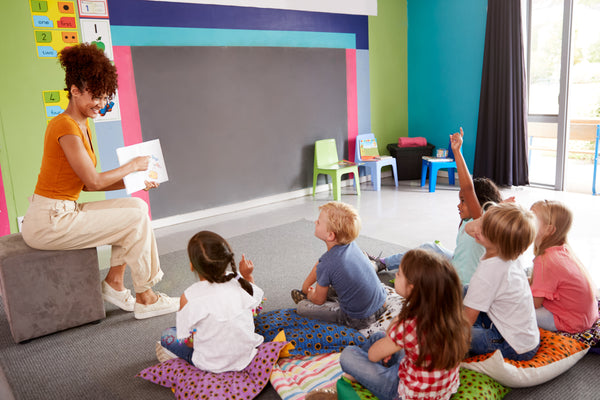

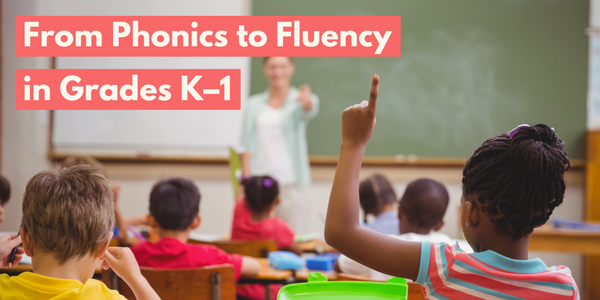
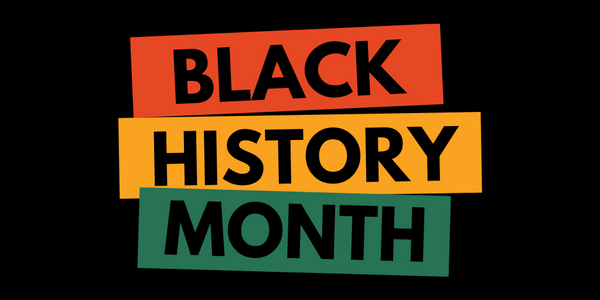

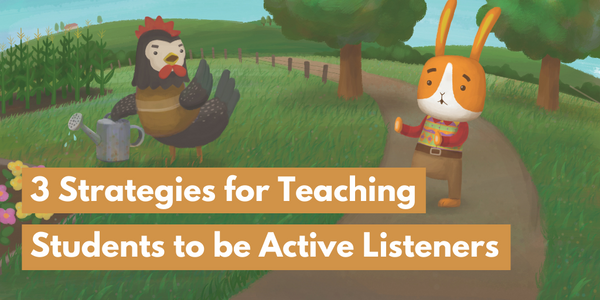

![6 Fun and Easy Activities to Practice Sequencing [Grades K-1]](http://www.hameraypublishing.com/cdn/shop/articles/Red_Typographic_Announcement_Twitter_Post-5_bf1ae163-a998-4503-aa03-555b038d1b76_600x.png?v=1689961568)